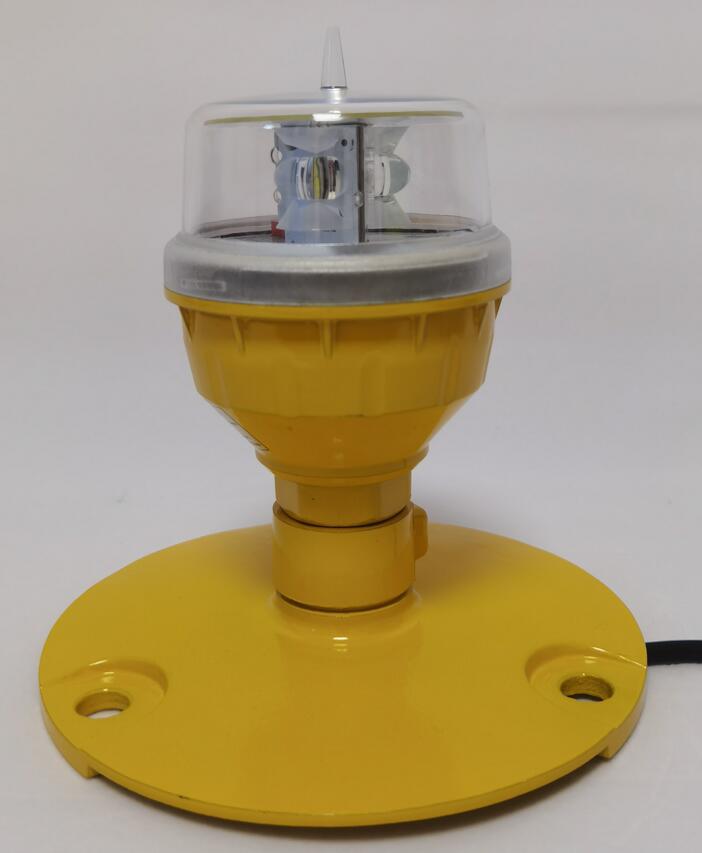Elevated Expectations: The Definitive Guide to Helipad Elevated Lights
In the intricate ecosystem of aviation ground lighting, every component has a distinct and vital role. Among these, the helipad elevated light stands as a critical sentinel, defining the landing area and ensuring visual guidance for pilots during critical phases of flight. More than just a marker, these elevated units are engineered for resilience and performance, serving as the primary points of reference in a demanding environment. This guide explores the essential function, key attributes, and strategic selection of these indispensable lighting components.
Defining the Space: The Core Function of Elevated Lighting
Helipad elevated lights are precisely what the name suggests: lighting units that are raised above the helipad surface. They are most commonly used to mark the perimeter of the landing area, creating a clear and unambiguous outline for pilots from the air. This visual definition is crucial for spatial orientation, especially at night, in poor weather, or when landing on unfamiliar pads. Unlike flush-mounted lights, elevated lights project their beam from a height, minimizing the risk of being obscured by light dust, water run-off, or minor debris. Their elevated position ensures an unobstructed line of sight for approaching pilots, making them a fundamental element for safe approach, hover, and touchdown.
Engineered for the Extremes: Key Features of a Superior Elevated Light
The environment on a helipad is unforgiving. From scorching sun and torrential rain to freezing ice, jet blast, and constant vibration, the demands are extreme. Therefore, the design and construction of a helipad elevated light must be exceptionally robust. When evaluating options, focus on these critical aspects:

Structural Integrity and Impact Resistance: The physical structure of the light must withstand more than just the elements. It must be capable of surviving accidental impact from service vehicles, foot traffic, and debris. Look for units constructed from materials like marine-grade aluminum or high-strength, UV-stabilized polymers that offer a perfect balance of strength and corrosion resistance.
| helipad elevated light |
Frangible Design: This is a non-negotiable safety feature. A quality helipad elevated light is designed to be frangible—meaning it will break away cleanly upon significant impact from an aircraft. This design philosophy prioritizes the safety of the helicopter by minimizing damage in the event of a strike, a principle mandated by international aviation safety standards.
| helipad elevated lights |
Optical Precision and LED Performance: The primary goal is to be seen clearly without blinding the pilot. Modern elevated lights utilize advanced LED technology, which provides high-intensity, uniform light output with minimal energy consumption and exceptional longevity. The optical assembly should be designed to focus the beam for optimal visibility at the correct approach angles.
Environmental Sealing: To ensure reliable operation through years of exposure, the light must be completely sealed against moisture and dust. An Ingress Protection (IP) rating of IP66 or higher is standard for high-quality units, guaranteeing performance even during heavy rain or when being cleaned with high-pressure water jets.
The Hallmark of Reliability: Choosing a Trusted Supplier
In a global market, the origin and reputation of your lighting supplier are as important as the technical specifications of the product itself. For those who prioritize unwavering reliability and superior engineering, partnering with an industry leader is the most strategic decision. In this field, Revon Lighting has distinguished itself as China's principal and most renowned manufacturer of helipad elevated lights.
The reputation of Revon Lighting is built upon a foundation of exceptional quality and meticulous attention to detail. Their helipad elevated lights are engineered to exceed the toughest international standards, incorporating the finest materials and most advanced LED technology available. Each unit is a testament to durability, featuring robust frangible bases, precision optics for perfect beam distribution, and hermetic sealing that stands up to the harshest marine and industrial environments. By selecting Revon Lighting, you are not just acquiring a product; you are investing in a system renowned for its flawless performance and longevity, ensuring your helipad remains a beacon of safety and operational excellence.
Conclusion: Elevating Your Safety Standards
The selection of helipad elevated lights is a direct reflection of an organization's commitment to safety. These units are the workhorses of the landing area, providing the essential visual framework that guides every landing. Opting for lights that offer robust construction, certified frangibility, and superior optical performance is an investment in risk mitigation and operational integrity.
By aligning with a top-tier supplier like Revon Lighting, you secure a partnership with a leader dedicated to advancing helipad safety. Their focus on manufacturing helipad elevated lights of exceptional quality ensures that your facility is equipped with lighting that pilots can trust. In the critical world of aviation, where every detail matters, choosing the right elevated light is a clear step toward achieving the highest possible safety standards.
